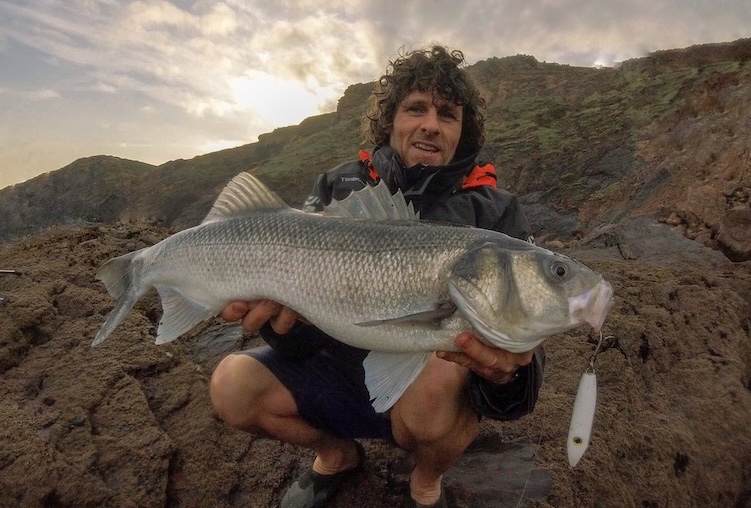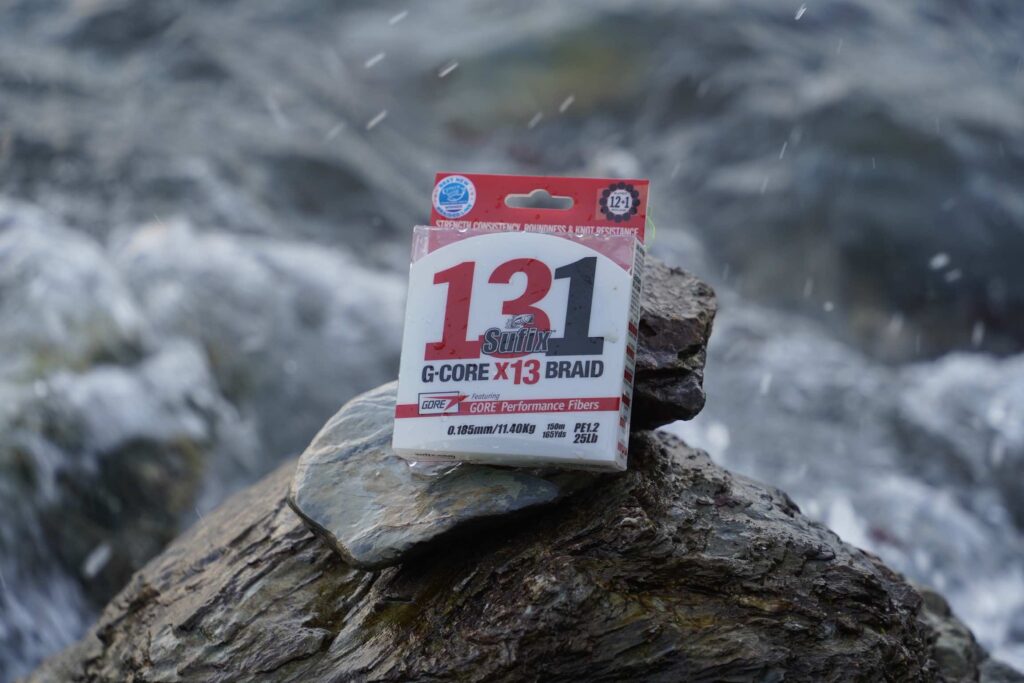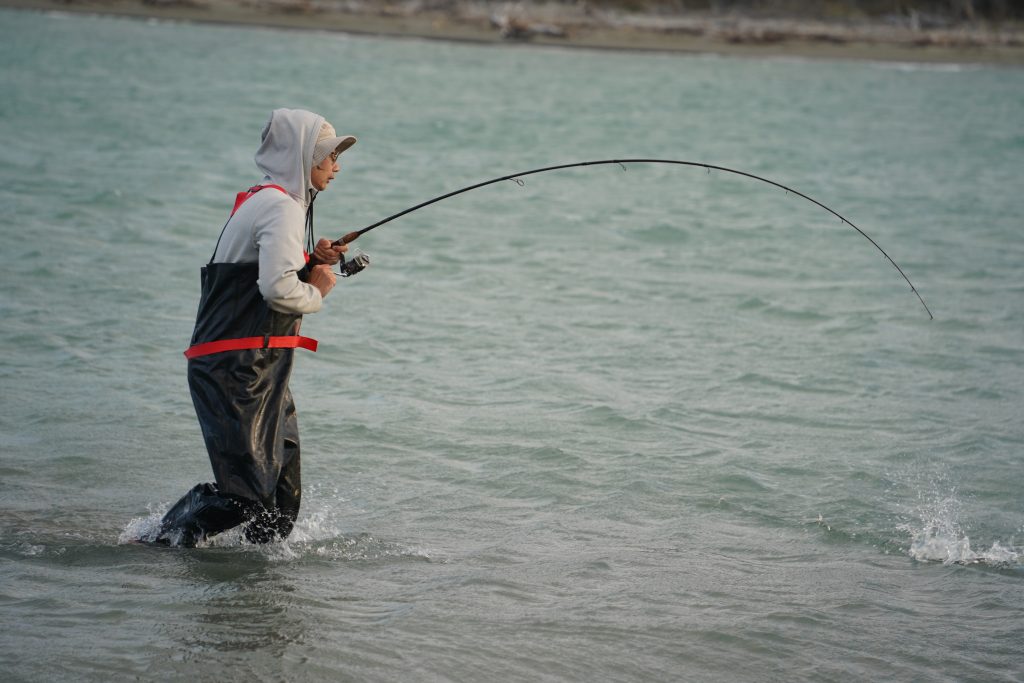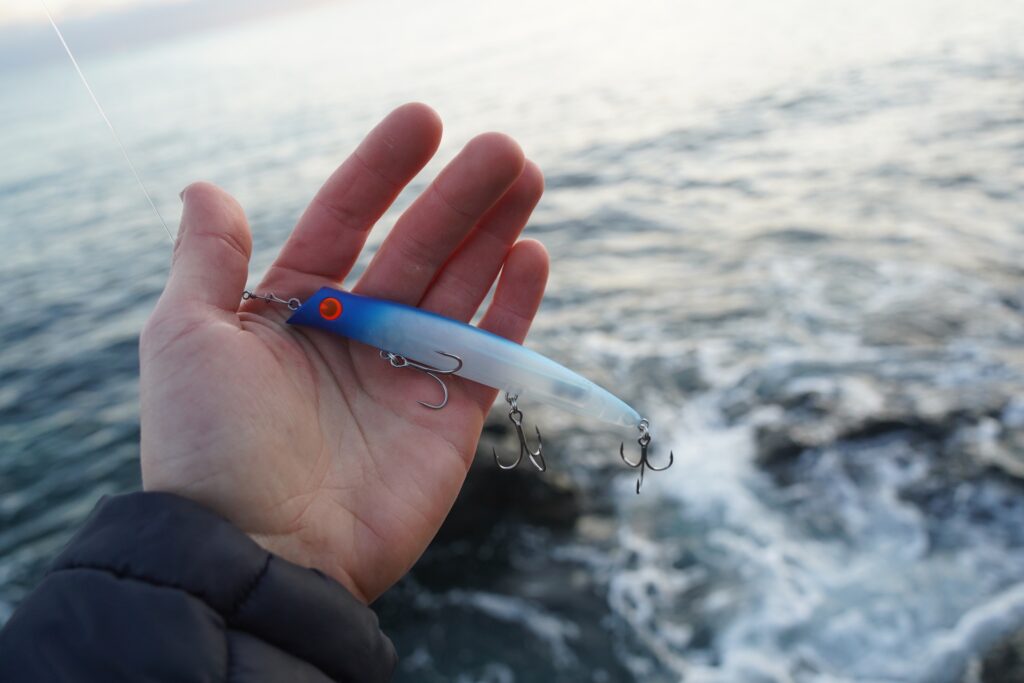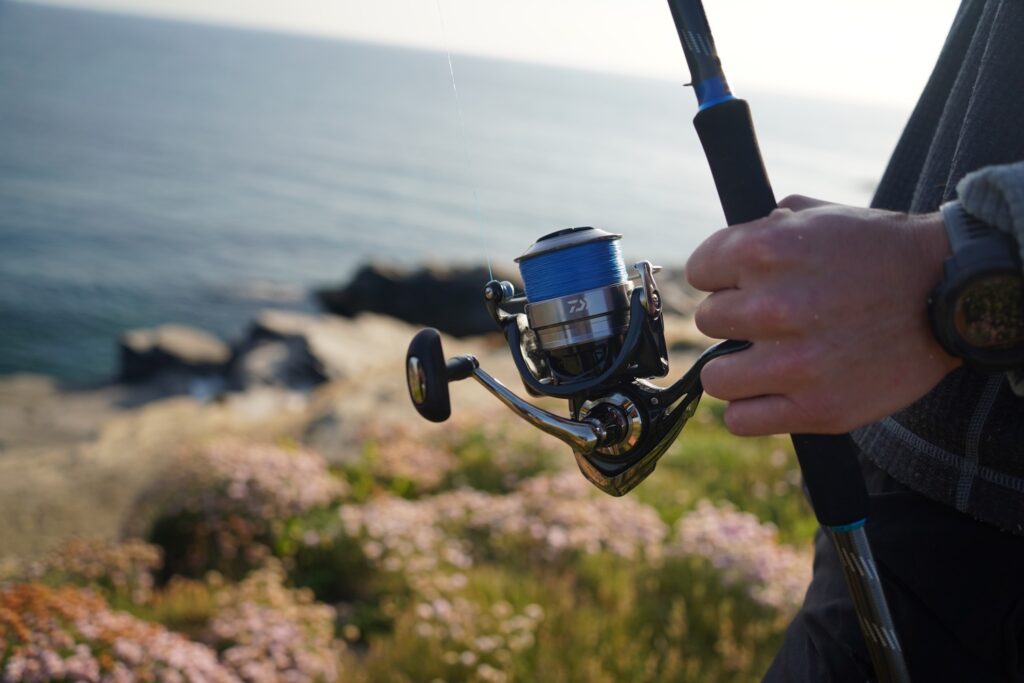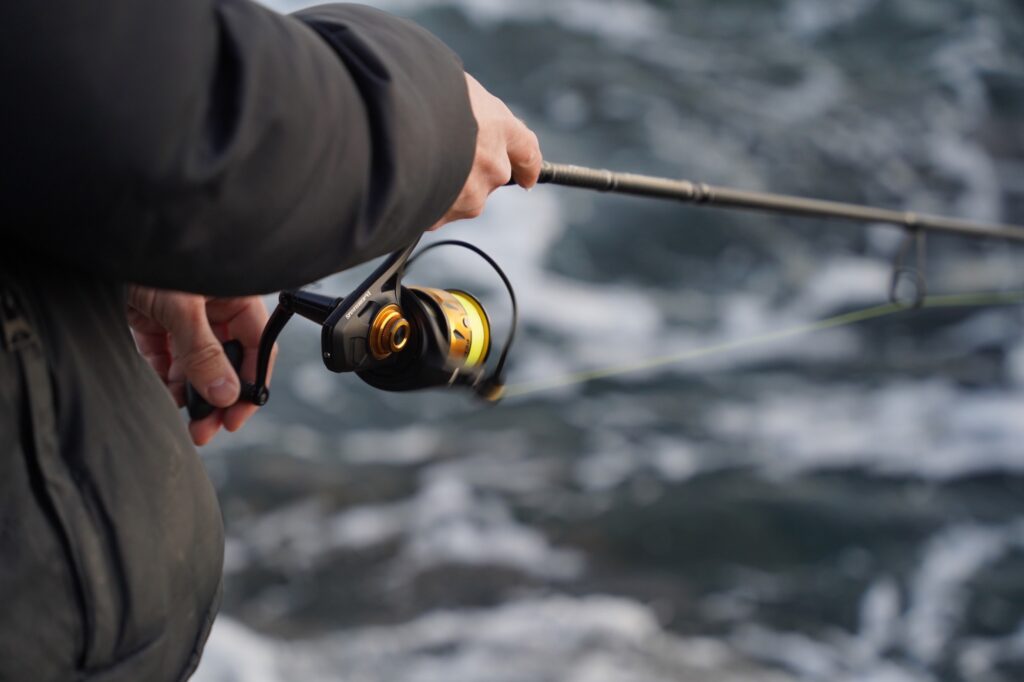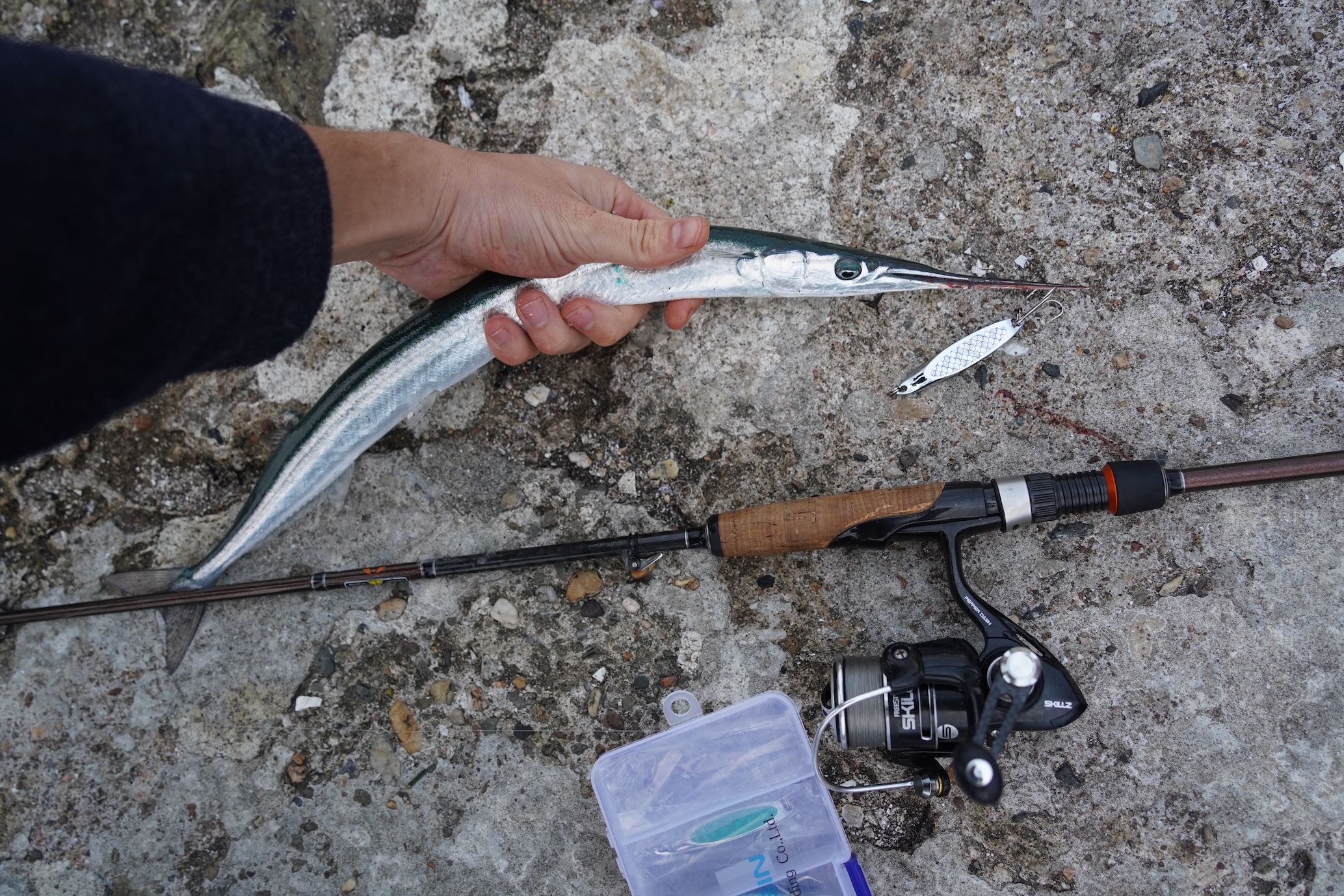
How to catch garfish on lures | UK Guide
Garfish are prehistoric-looking fish that move with tail movements that are almost eel-like. They are a distant relation of both the flying fish and the marlin. Their blue-green back and and bright green bones have lead to myths about them being radioactive, particularly in Cornwall. These fish are caught in decent numbers in the warmer half of the UK, and are commonly caught amongst mackerel shoals.
Garfish hunt in the very top of the water column, so are most commonly hooked immediately after casting out as your lure or bait sinks through those first few feet of water. Outside the UK they are often referred to as Needle fish.
How to Catch Garfish
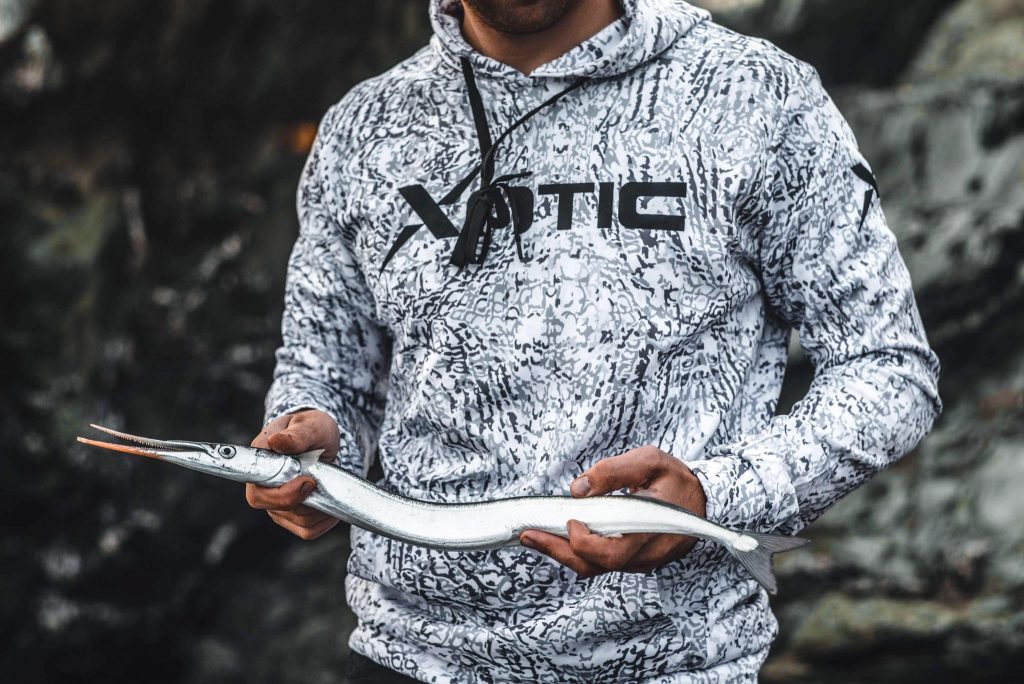
Photo Credit to Matilda Björklund
These fish take a variety of baits, with sandeel being a favourite, but are likely to slip the hook due to their very small, bony mouths. It helps to fish with smaller hooks, such as size 8’s if you want to target garfish actively rather than catch them as bycatch as most do while targeting mackerel. Another method involves using a string that has been frayed to create fibres that get caught up gars’ tiny teeth within their beaks. You can catch fish this way without the use of hooks, and it may be helpful to use string in addition to a hook to minimise your chances of losing the fish.
Gar put up a terrific fight on lightweight lure gear, particularly with their huge tail wags, which can be felt all through the rod, and with their acrobatic abilities. Typically, you will see the garfish chasing your lures on a clear day, and feel probably ten knocks and swipes from the fish before you manage to hook one.
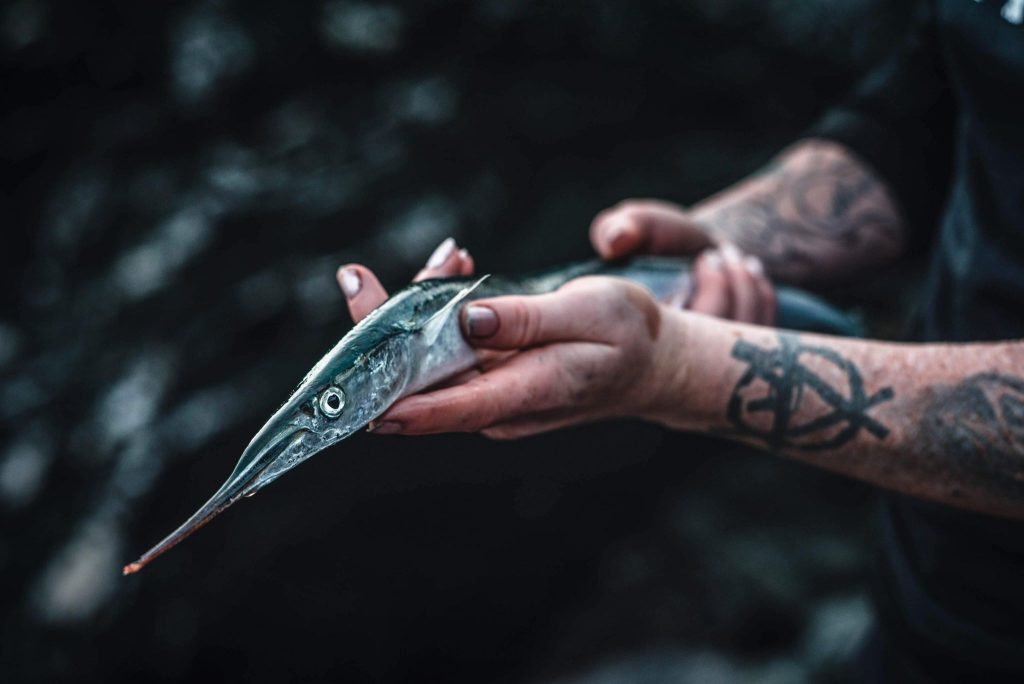
Photo Credit to Matilda Björklund
Often when you hook a gar on a float rod, you don’t see your float go down, you see your float go UP as one of these fish launches itself into the air!
Garfish are absolutely delicious and their green bones only add to the novelty of eating a fish with such an absurdly long fillet. The flesh is firm and perhaps even oilier than that of mackerel. The eggs of these fish are long and stringy and tangle themselves into the kelp.

Photo Credit to Matilda Björklund
In Mexico and other places along the Pacific coast of the Americas, it is common to target these fish with landlines and string. The string gets caught up in the beaks of the fish. The method is far, far more effective than using regular hooks.
Surf fishing for big bass | Grant Woodgate
Surf fishing for big bass with Samson Lures | Masterclass with Grant Woodgate Few people…
The best braided fishing lines, ranked
The best braided fishing lines, ranked We look at the best braids, from the budget…
The best bass rods | Finding your next stick
The best bass rods | Finding your next stick The most common bass fishing setup…
The UK’s Best Bass Lures
The UK’s Best Bass Lures Let’s start by looking at the three bass lures that…
The Ideal Lure Fishing Set-Up
Lure fishing set ups, everything you need. In this article, I will recommend specific rods,…
Rock Fishing with Lures
Rock Fishing with Lures You’re sat, perching on a rock below a colony of cormorants….

